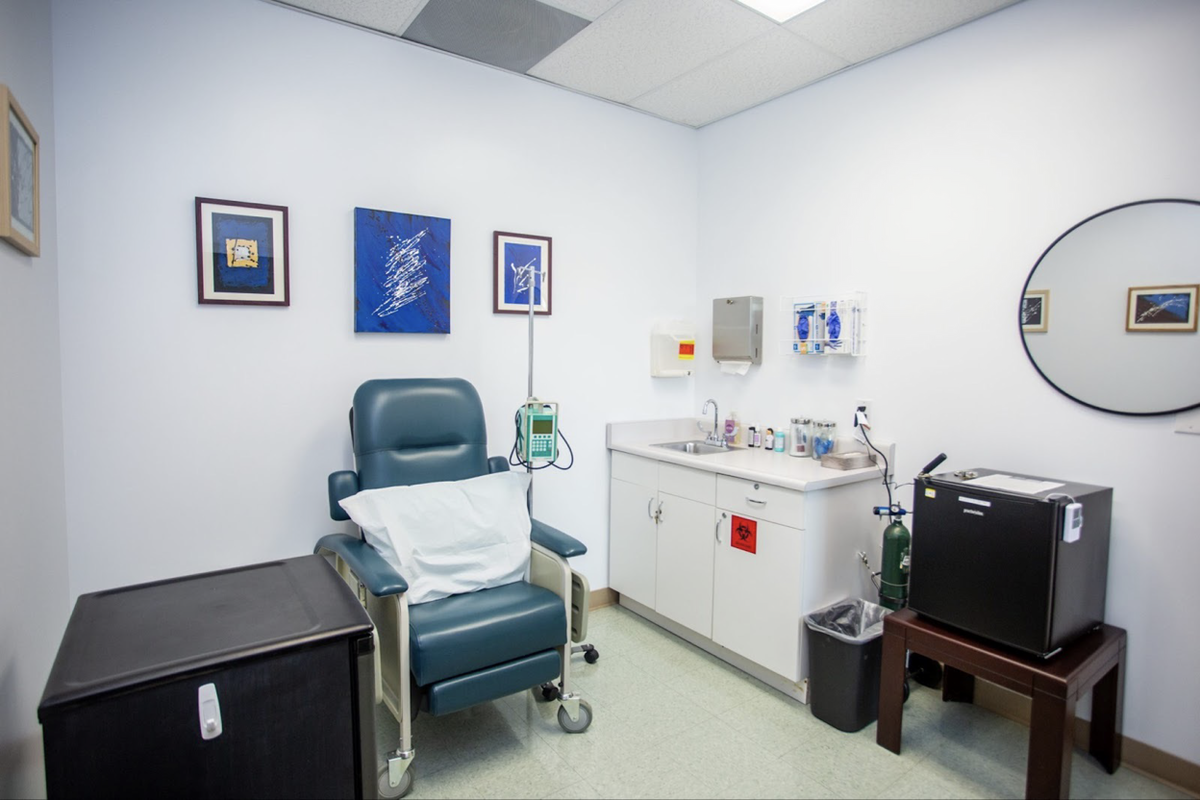Infusion in My Practice: An Infusion Provider’s Insight

Biologics are here to stay. With 60% of current pipeline therapies falling into the infused or injected category, this niche of medicine is not going away. From asthma and allergy to migraines and gout, Crohn’s, and everything in between, there are few chronic disease states not touched by biologics.
So now what? Managed care has reduced the ability for most patients to be infused at a hospital-based infusion center. We can send these patients to outpatient ambulatory infusion centers (AIC) or look into providing these therapies in office. When sent elsewhere for infusion, your patient will likely be seen and treated by a nurse or nurse practitioner who specializes in infusion medicine. Sounds great, until triangulation of care begins and the communication between the AIC and your office falls off. Many dosing schedules have the patient being seen for infusion more often than they see you for follow up care, leading to a care deficit not knowing how the patient is tolerating treatment. Are things working? Has your GI patient had optimal treatment, or do they need a dose adjustment? Is the patient receiving the therapy as prescribed?
On the flip side, your patient could be getting treatment in your office. When patients are treated in the provider office, there’s continuity of care and greater treatment compliance. Patients know the staff, know the office and your staff interactions with the patient to assess efficacy of therapy and communication occurs within your system leading to improved patient outcomes, fewer triage calls and better quality of life for those we care for.
CuraFi provides the infusion management expertise needed to add infusion therapy to any practice with knowledge in the buy and bill process, revenue cycle management and infusion accreditation standards. These services and clinical support ensure that every patient receives the safest care every time while providing an additional revenue stream to the practice.
The bottom line is when looking through the lens of patient outcomes, there’s a clear difference in referring out versus keeping in house.
